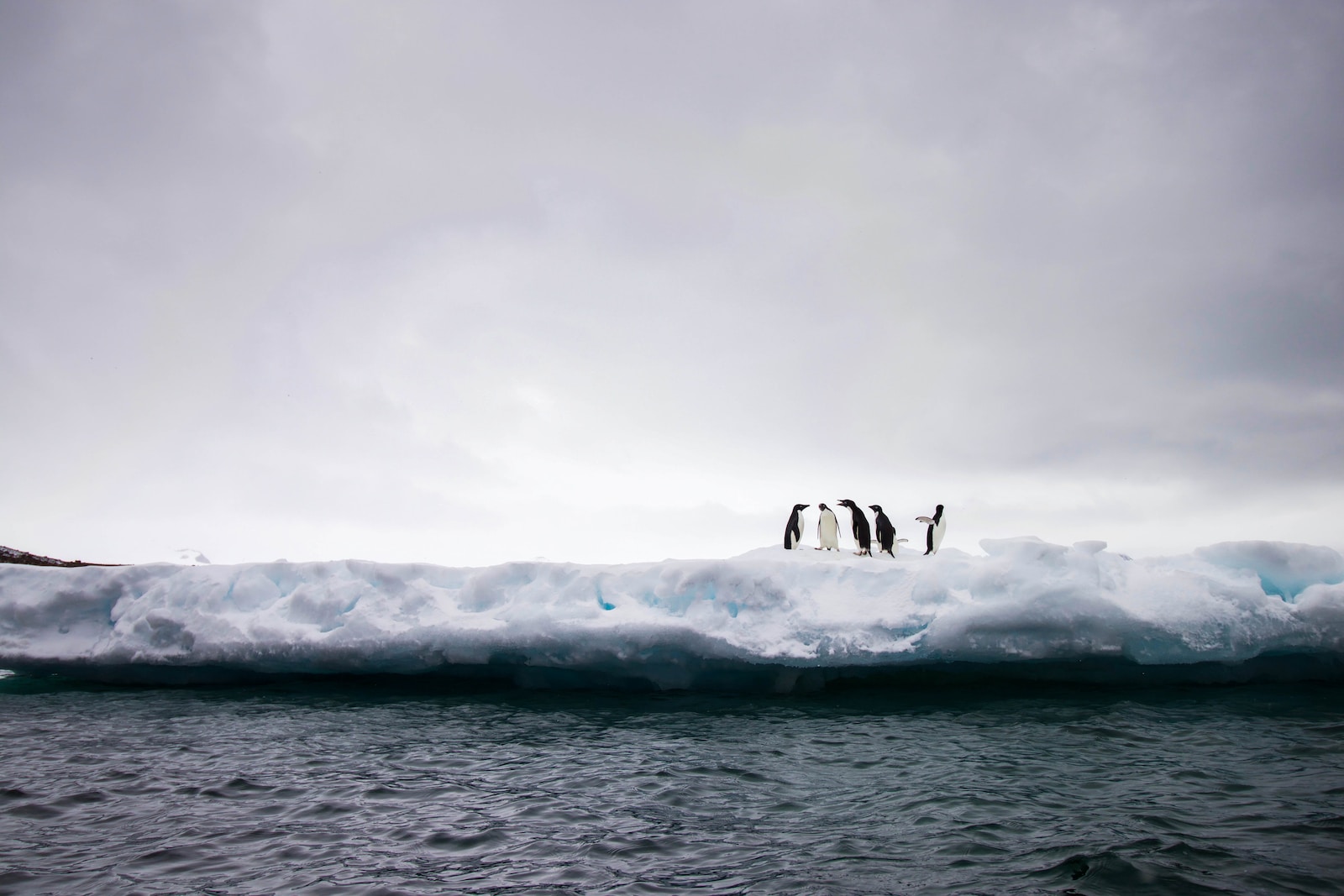Table of Contents
ToggleIntroduction: A Giant Leap for Antarctic Exploration
In a remarkable feat of aviation and scientific collaboration, a Boeing 787 Dreamliner, capable of carrying over 300 passengers, has made a historic landing in Antarctica, marking a significant step forward in polar research and logistics. This pioneering flight, operated by Norse Atlantic Airways, was met with great enthusiasm from the scientific community and the aviation industry alike.
Unlocking New Possibilities for Antarctic Research
The successful landing of the Dreamliner at Troll Airfield, a 3,000-meter strip of blue ice, opens up a range of possibilities for Antarctic research. The ability to transport larger groups of researchers and equipment more efficiently will undoubtedly enhance scientific endeavors in this remote and challenging environment.
Prioritizing Environmental Responsibility
While the landing represents a remarkable achievement, the Norwegian Polar Institute (NPI), the organization behind the initiative, has emphasized its commitment to minimizing the environmental impact of its operations. The use of large, modern aircraft like the Dreamliner, with their improved fuel efficiency, is expected to reduce overall emissions and lessen the environmental footprint in Antarctica.
A Collaborative Effort
The successful landing was the culmination of close collaboration between the NPI, Norse Atlantic Airways, and various international partners. The airline expressed its gratitude for the trust placed in them by the NPI and highlighted the significance of this historic flight.
A New Era of Sustainable Antarctic Exploration
This groundbreaking achievement marks the beginning of a new era of sustainable Antarctic exploration, characterized by a balance between scientific advancement and environmental stewardship. The successful landing of the Dreamliner demonstrates the potential of technological advancements to facilitate research while minimizing environmental impact.
Key Takeaways:
- The landing of a Boeing 787 Dreamliner in Antarctica represents a significant milestone in polar research and logistics.
- The use of larger, more efficient aircraft is expected to reduce emissions and enhance environmental sustainability in Antarctic operations.
- This achievement exemplifies the importance of collaboration between scientific organizations, airlines, and international partners.
- The successful landing marks the beginning of a new era of sustainable Antarctic exploration.
Conclusion: A Beacon of Hope for Antarctic Research and Sustainability
The successful landing of a Boeing 787 Dreamliner in Antarctica serves as a beacon of hope for the future of Antarctic research and sustainability. This groundbreaking achievement demonstrates the potential of technological advancements to facilitate scientific endeavors while minimizing environmental impact. As we continue to explore the vast and fragile polar regions, it is crucial to prioritize sustainable practices and ensure that our exploration efforts do not come at the expense of the delicate ecosystems we seek to understand and protect.







